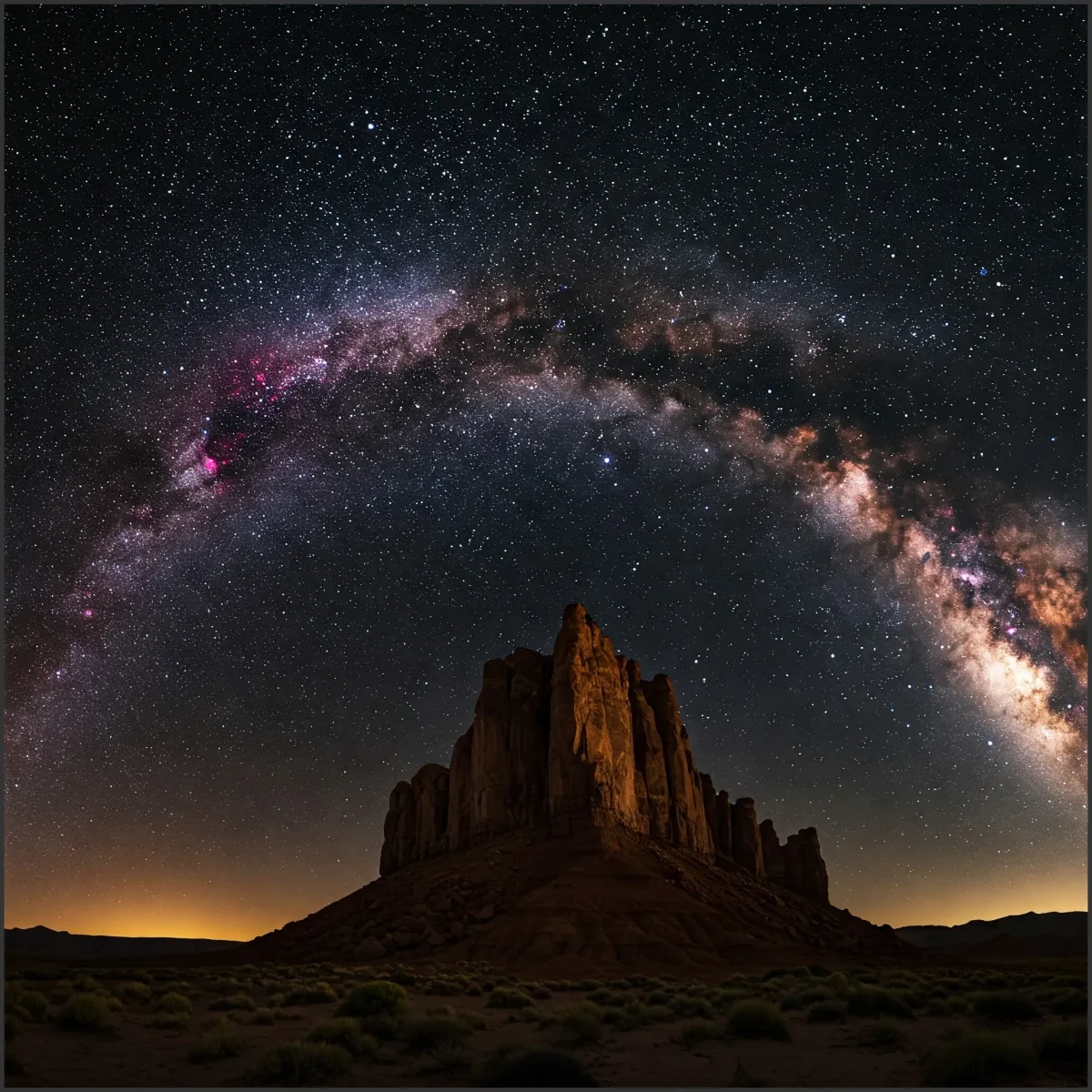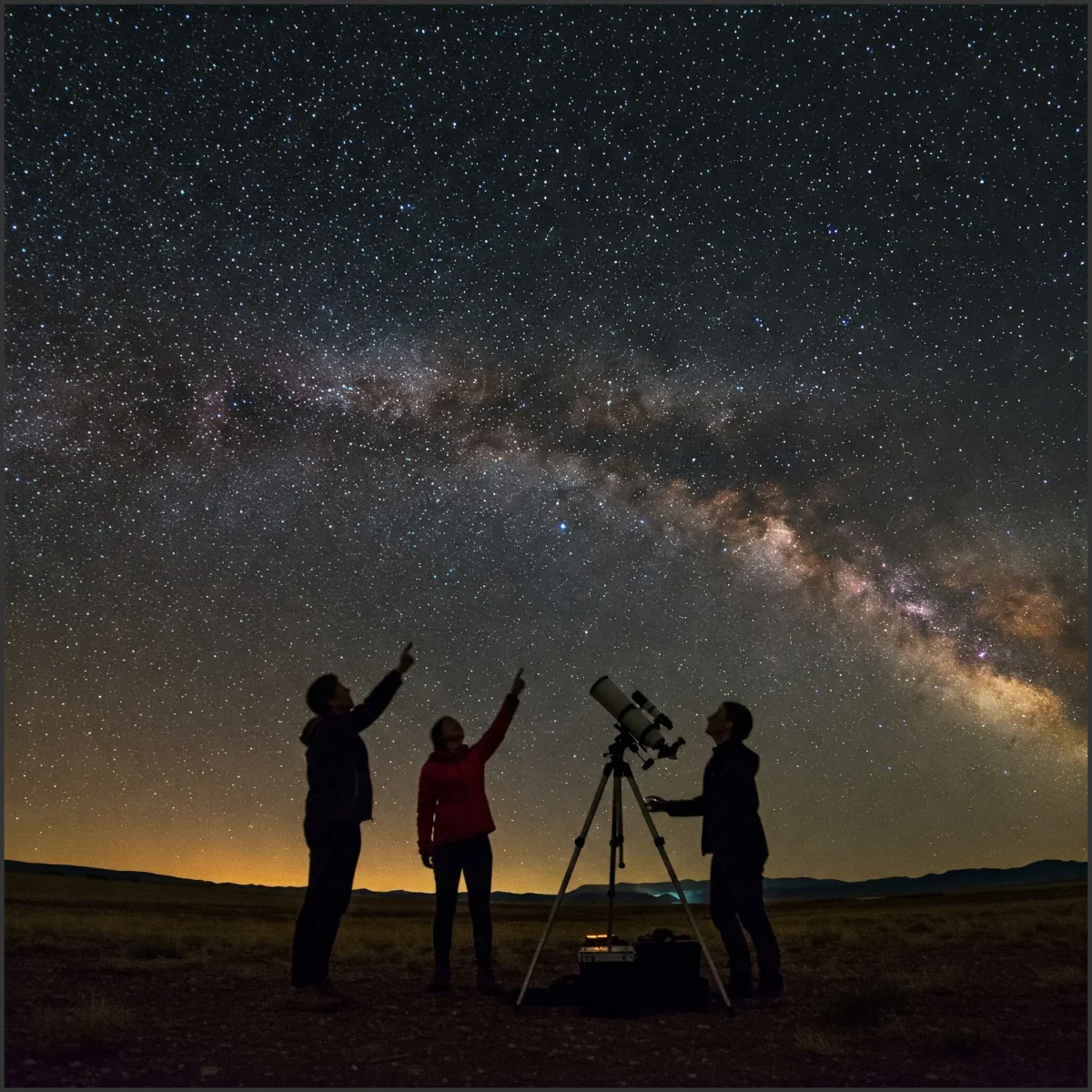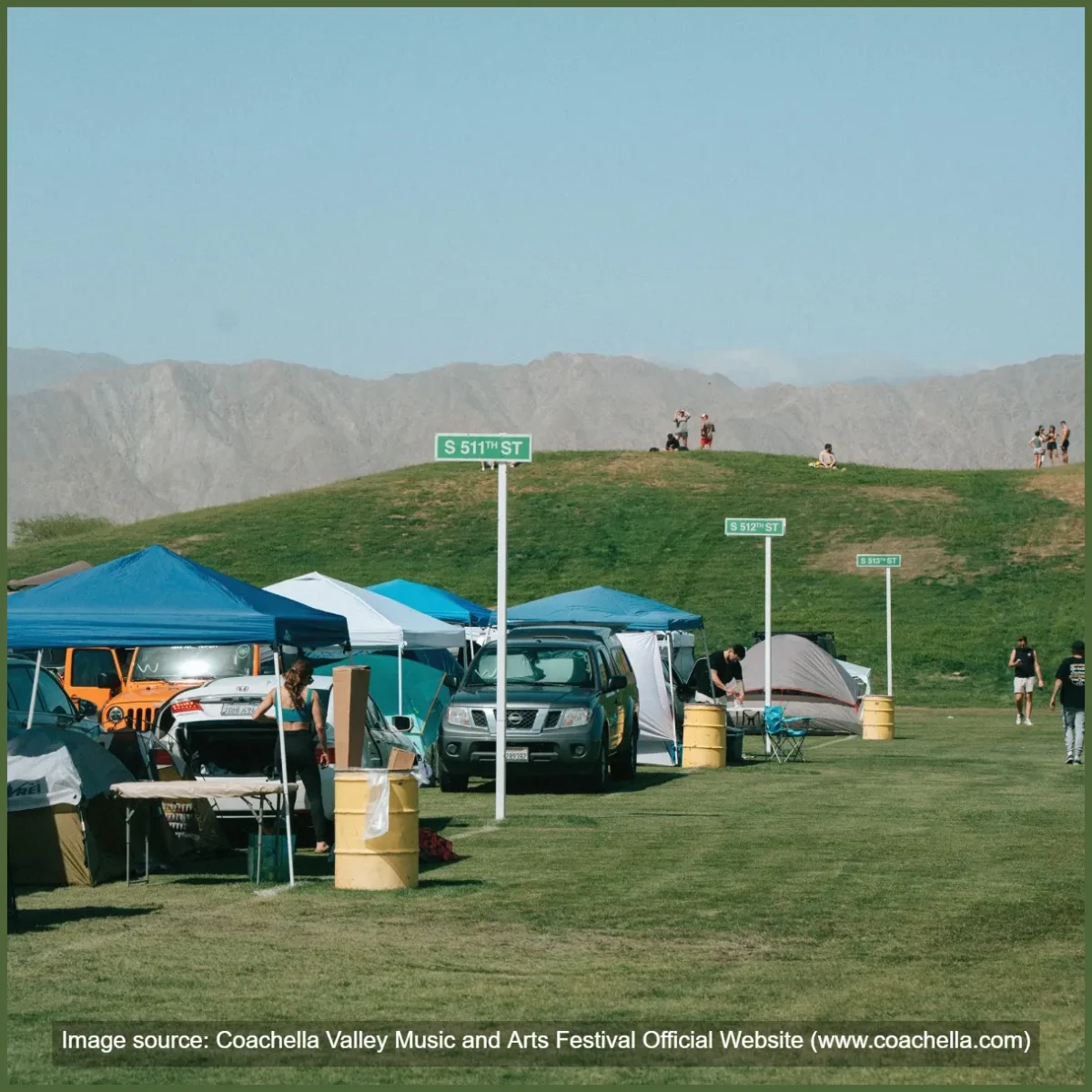
Looking up at a truly dark night sky, far from city lights, is an experience everyone should have at least once. And if you’re captivated by the shimmering band of the Milky Way, the pursuit of pristine darkness becomes a quest in itself. This quest is driving the booming trend of astrotourism, where travelers seek out locations renowned for their exceptional night skies. Finding the best dark sky destinations is key to unlocking this celestial spectacle.
Astrotourism isn’t just about seeing stars; it’s about connecting with the cosmos, often in remote, stunning natural settings. It’s a chance to slow down, marvel at the universe’s grandeur, and perhaps even try your hand at astrophotography. Thankfully, organizations like the International Dark-Sky Association (IDA) are working tirelessly to identify and certify locations around the world as International Dark Sky Parks and Reserves, protecting them from light pollution. These certified sites are often your best bet for truly dark skies and are prime candidates for the best dark sky destinations.
But where exactly should you go to find these incredible stargazing spots? While “best” can be subjective, influenced by accessibility, amenities, and specific celestial targets (like the Milky Way season), certain locations consistently rank high for their incredible darkness, visibility of the Milky Way, and often, established facilities or tours catering to stargazers. Let’s explore some of the top contenders for the best dark sky destinations on the planet.
Why Seek Out Dark Sky Destinations?
Before we dive into the locations, let’s talk about why dark skies matter. Light pollution from urban and even suburban areas washes out the fainter stars, planets, and nebulas, making it impossible to see the Milky Way clearly. A truly dark sky allows your eyes to adapt, revealing countless stars and the delicate structure of our home galaxy. For astrophotographers, dark skies are essential for capturing stunning images. Beyond astronomy, these dark sky areas often overlap with places of significant natural beauty, offering fantastic daytime activities as well.
Top International Dark Sky Destinations for Milky Way Gazing

Identifying just ten spots as the absolute best dark sky destinations is tough, as there are many incredible places out there! However, these locations are frequently celebrated for their exceptional darkness, visibility of the Milky Way, and often, established facilities or tours catering to stargazers.
- Aoraki Mackenzie International Dark Sky Reserve, New Zealand: Widely regarded as one of the finest stargazing locations globally. The clear air and low population density in the South Island contribute to incredibly dark skies. Lake Tekapo and Mount Cook National Park are highlights within the reserve.
- Atacama Desert, Chile: Home to some of the world’s most powerful telescopes, the Atacama’s high altitude, dry air, and minimal light pollution create unparalleled viewing conditions. San Pedro de Atacama is a popular base for tours.
- Tenerife and La Palma, Canary Islands, Spain: These islands off the coast of Africa benefit from protective laws limiting light pollution. La Palma, in particular, is a major astronomical hub with observatories and is an IDA Dark Sky Reserve.
- NamibRand Nature Reserve, Namibia: Africa’s first International Dark Sky Reserve, located within the vast Namib Desert. Its isolation and stable atmosphere provide exceptional viewing opportunities. Luxury lodges often offer stargazing experiences.
- Kerry International Dark Sky Reserve, Ireland: The first IDA International Dark Sky Reserve in the Northern Hemisphere. Situated on the Iveragh Peninsula, its coastal location means minimal light pollution from the Atlantic.
- Death Valley National Park, USA: An International Dark Sky Park with incredibly dry conditions and vast, unobstructed views. Its remoteness from major cities makes it one of the darkest spots in the continental United States.
- Exmoor National Park, England: Designated as an International Dark Sky Reserve, Exmoor offers surprisingly dark skies for a location within the UK, thanks to its low population and protected status.
- Jasper National Park, Canada: One of the world’s largest accessible Dark Sky Preserves. Its vast size and location in the Canadian Rockies provide spectacular backdrops for stargazing and astrophotography.
- Canyonlands National Park, USA: Another stunning US National Park and International Dark Sky Park in Utah. The arid climate and dramatic landscapes enhance the stargazing experience.
- Sagarmatha National Park (Mount Everest), Nepal: While challenging to access, the high altitude and lack of infrastructure mean incredibly dark skies with views that few will ever witness. This is for the truly adventurous astrotourist.
These best dark sky destinations offer unique experiences, from guided observatory tours to remote camping under the stars.
Planning Your Astrotourism Adventure
Choosing one of the best dark sky destinations is the first step. Planning involves more than just booking flights and accommodation. Consider the moon phase (new moon is best for maximum darkness), the time of year (Milky Way visibility varies seasonally), and local weather patterns. Many destinations offer guided tours or astronomy-focused accommodations. Packing layers, a red flashlight (to preserve night vision), and potentially binoculars or a telescope will enhance your experience.
For those concerned about travel expenses, finding budget-friendly options for your astrotourism trip is definitely possible. Understanding travel costs, including potential issues like tariffs on travel, is crucial for planning your budget effectively. Researching local transport and accommodation deals can make these incredible destinations more accessible.
Responsible astrotourism is also crucial. Minimize your own light pollution, respect the natural environment, and be mindful of local communities. The goal is to preserve these dark skies for future generations. Learn more about light pollution and dark sky conservation efforts by visiting the International Dark-Sky Association website.
Visiting the best dark sky destinations offers a profound connection to the universe. It’s a travel experience that stays with you, a reminder of our place in the vast cosmos. Whether you’re an avid astronomer, a photographer, or simply seeking a moment of awe, chasing dark skies is an incredibly rewarding pursuit.

